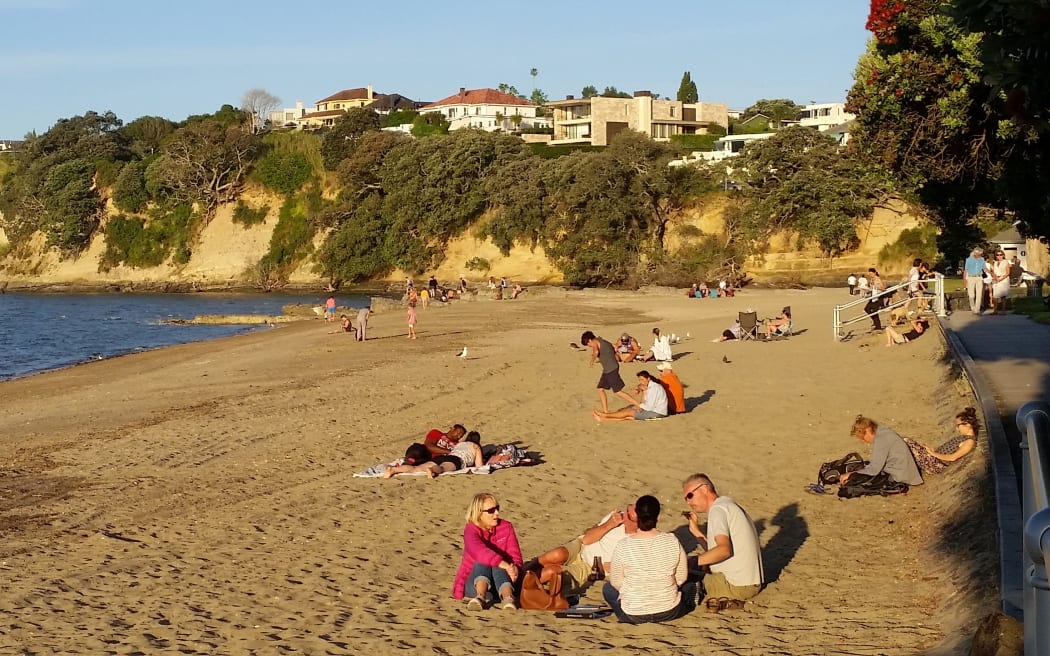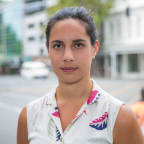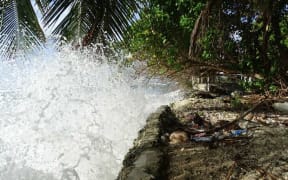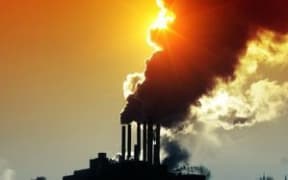Hotter days, more floods and landslides from rising sea levels are on the cards for Auckland by the end of the century.

Auckland's St Heliers beach. Photo: Laura Tupou
A Niwa report on Auckland region's climate change projections and impacts showed sea levels will rise 30cm by 2050 which will cause damage to homes, and coastal erosion.
The report's findings were not a surprise to experts but provides the council with real figures and time to plan.
Auckland Council's chief sustainability officer John Mauro said the changing landscape was something that was already being factored into new designs.
"We do see changes in infrastructure like the north-western motorway where we actually are building differently because of the sea level rise. It's not to negate the fact that this is already happening... it will get more severe over time."
Auckland Council's chief engineer Sarah Sinclair said the report gave the council time to plan.
"We are really fortunate that way sea level rise will be experienced in Auckland will be slow at first. So I'm not going to say we're going to do X, Y and Z because we've got time to plan and do it properly. And that's why we've [commissioned this report] now so we don't have to jump into knee-jerk reactions."
But it's not just the flooding and erosion that could change the face of the city.
Auckland has about 20 days a year at or above 25°C. By the end of the century it could be nearly 100 days.
Even though it means more days at the beach, it also means more energy will be spend on cooling, and the risk of fires increases. New pests and diseases could also be introduced, impacting health.
District Health Boards were planning for higher concentrations of air pollution, increased temperatures and waterborne diseases, said Auckland DHB chief executive Ailsa Claire.
And Niwa's chief climate scientist, Sam Dean, said hospitals would need to set up more quarantine spaces for people with vector-borne diseases.
Some Aucklanders had noticed the changes to the landscape. At St Heliers, an area set to be affected by further coastal erosion, Glynis Gibson had seen the area change.
"As a little girl I used to come along the beach and look at periwinkles and starfish and crabs, that's all gone... it's all eroded, it's all gone. It's really sad."







